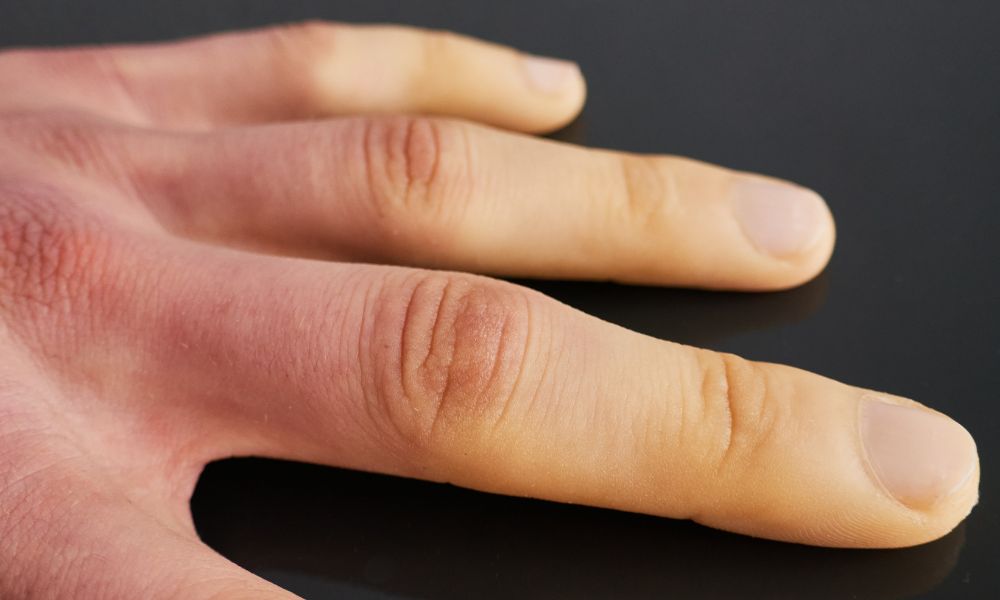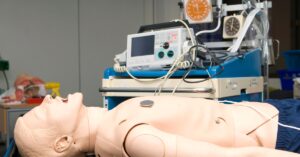If you’re feeling chilly in your extremities or experiencing some peculiar sensations in your legs, it might not be because you skipped your morning workout. These could be subtle red flags of poor blood circulation. Here are five symptoms of poor blood circulation to recognize.
Cold Extremities
When hands and feet seemingly embrace the chill of winter even indoors, they’re signaling an issue. The numbness or pervasive coldness is often the body raising a red flag about blood not reaching further body parts.
Swelling
Legs, ankles, or feet that appear puffy or bloated could harbor a secret. These could be the starting stages of edema, a disease with a bulbous exterior that slows down blood flow. Always let your doctor know if your body is swelling; it could be edema or something else entirely.
Skin Changes
A complexion that turns pale or tinged with blue indicates that a certain part of your body isn’t getting enough oxygen, thus cutting off the blood supply going to this particular area. You should have this symptom inspected immediately to prevent underlying conditions from persisting.
Cognitive Impairment
Brain fog, difficulty concentrating, and memory lapses aren’t only signs of stress or aging—they indicate poor blood flow to the brain. Reduced oxygen levels in the brain can impact cognitive function and hinder clear thinking. The way to improve this is to exercise daily and eat healthy foods.
Slow Healing
Injuries that linger longer, wounds that sulk before healing, or frequent infections are signs of poor blood circulation. When blood meanders in the veins and doesn’t rush immediately to quicken the healing process, it could mean you don’t have proper blood circulation.
Stay vigilant! Recognizing these symptoms can be an early defense against potential health issues related to poor blood circulation. If you want to boost your health knowledge or perhaps add a heroic feather to your cap, consider CPR123’s classroom courses for non-health-care providers because sometimes, the best way to help circulation is to understand circulation. Go on, take that first step toward knowledge— your health will thank you!







